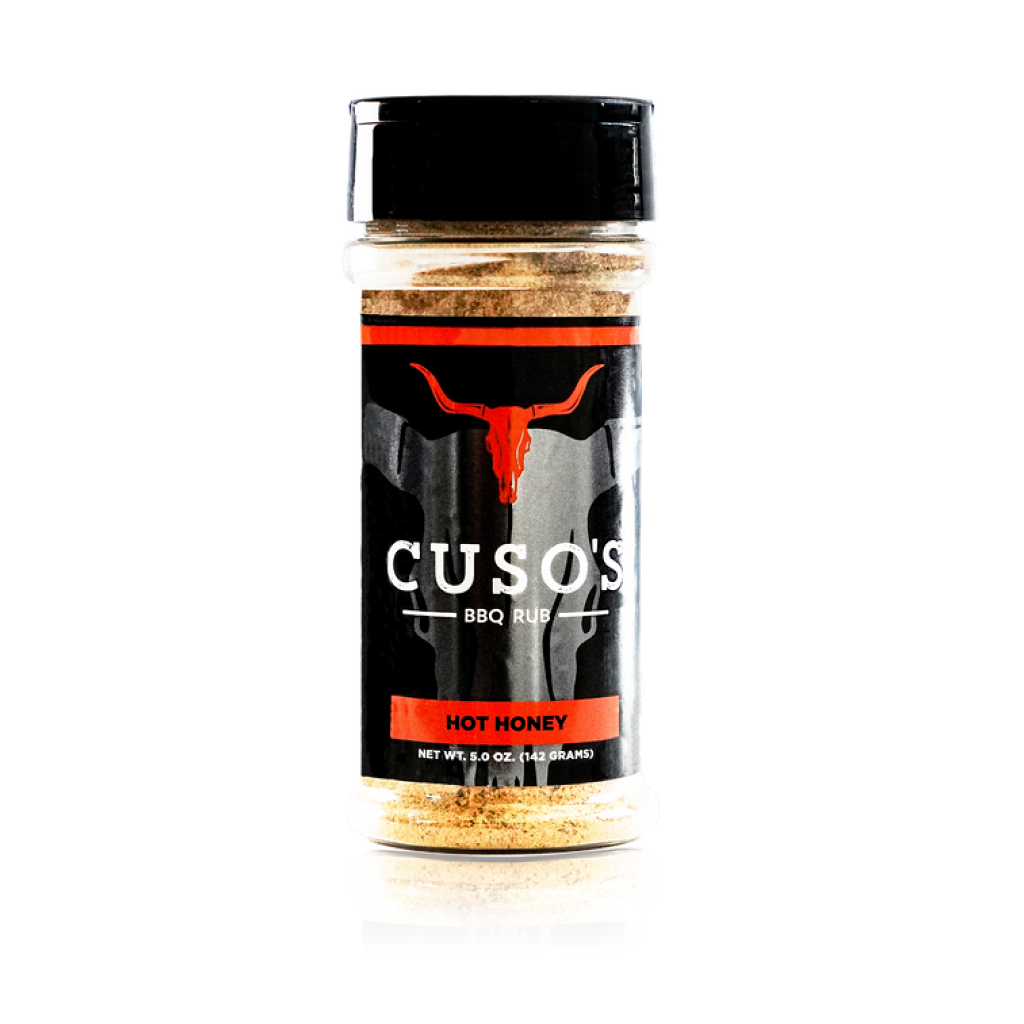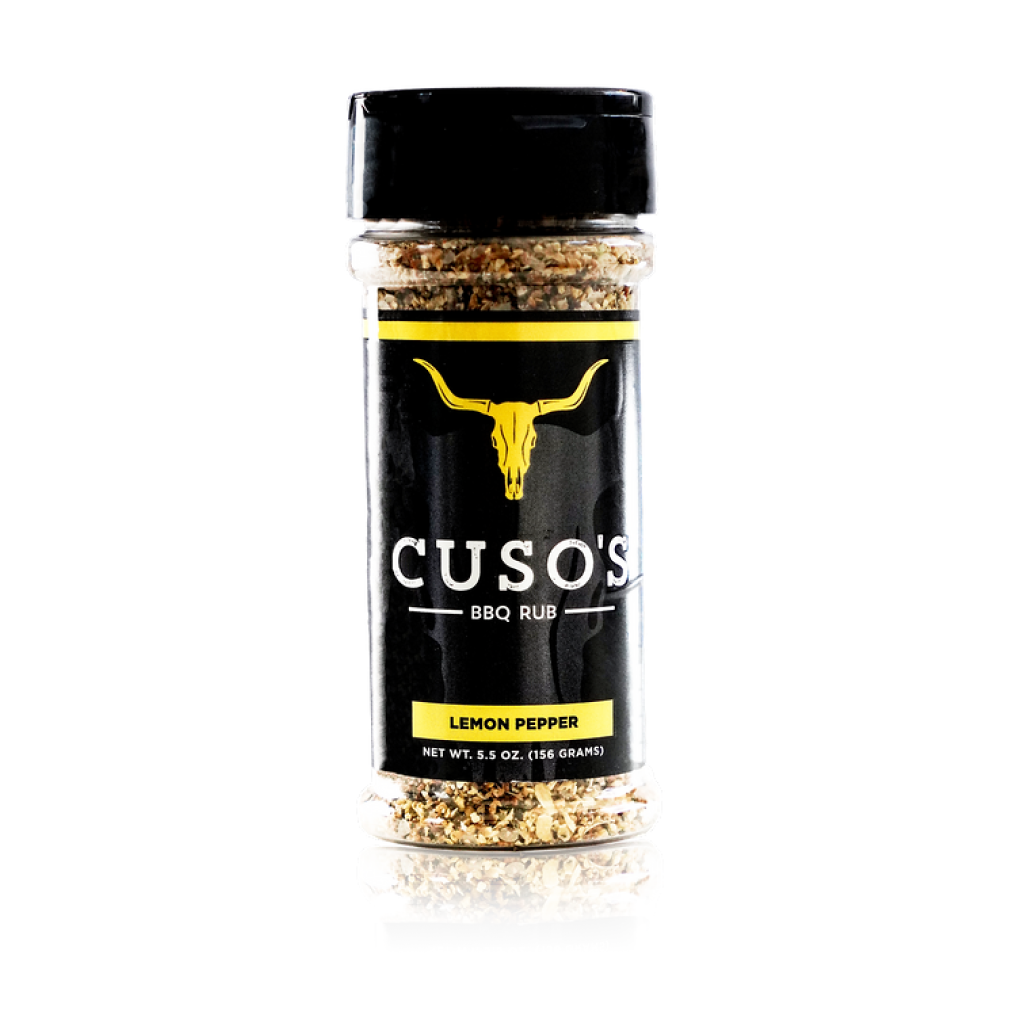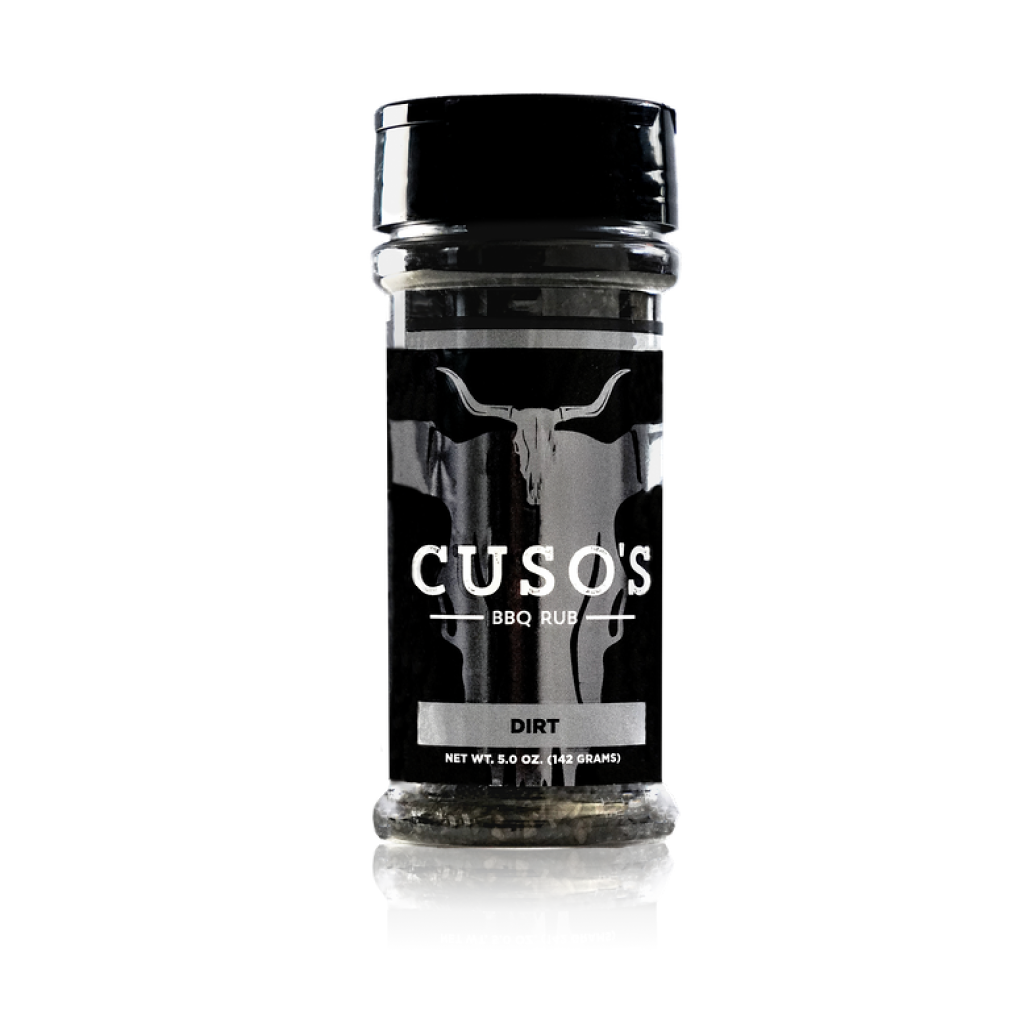The Perfect BBQ Cutting Board
-
By: Jack Mancuso

If you have a kitchen, you need a superior BBQ cutting board, let alone one for everyday use. Trust us! It should be one of the first things you get when setting up your cooking space.
Why?
Have you ever been to someone’s house where you see all kinds of damage to the countertop? It’s not terribly appealing.
You see, knives can easily nick, chip, and scratch kitchen surfaces, even man-made ones. The easiest way to protect your investment and safeguard your surfaces is by purchasing a cutting board. And while you might think of getting a plastic one, wood offers many benefits that may surprise you.
At first, plastic cutting boards keep out liquids, but over time they scratch and scar. The resulting surface is difficult to sanitize. Meanwhile, studies show wood cutting boards can deter bacteria. Beyond that, your cuts will be more visually pleasing than those from your countertop (remember: we eat with our eyes).
Shopping for a BBQ Cutting Board
Always think of function and practicality over the decorative appeal. Woods like teak and bamboo look nice in your kitchen, but the wood is hard and can dull your knives quickly. They’re also often rough on your budget!
Avoid glass, granite, corian, and ceramic products like the plague. They are not “knife friendly” and will ruin your knives.
You may want to buy two for yourself: one designated for meats, and the second for everything else. This decreases the chance of cross-contamination.
Bargain Brand vs. High-End
Match the quality of your cutting board to your knives. When you invest in a Damascus steel Chef Knife, for example, you don’t want a $10 cutting board! Protect your knife from mistreatment by matching the caliber of your board to your knives.
Size Does Matter
Consider the size of your knives. For safety and functionality, you should have at least one inch of room left on each end of a blade when you lay it diagonally on the board. So an 8” blade needs a 10” cutting board.
When you plan on making recipes with large pieces of meat regularly, like long racks of ribs, you may want to go larger if you have the real estate to manage the size.
What About Features?
While you might like all manner of geegaws, for your kitchen, extra features can be a blessing or a pain in the neck.
For example, having rubber feet for stability is great, but it also means you can only use one side of the board.
Having a liquid-catching groove, however, is ideal for the kind of luscious, juicy meats you’ll be making on your grill, like Tri-tip. You will see a grove like this in the Cuso Cuts Board, which is fantastic for barbecue, but also your everyday slicing, dicing, mincing, and chopping.
The Cuso Cuts Cutting Board: A Closer Look
The dimensions of the Cuso Cuts product are perfect for an 8” knife-15 3/4” x 12 3/4” x 3/4”. It weighs just over 3 pounds, and looks great! It is the perfect marriage between functionality and visual appeal, and it stores easily.
It’s made from domestically sourced wood: Walnut or Cherry.
What’s with the Wood?
Both Walnut and Cherry rank among the best woods to use for a kitchen or BBQ cutting board. While you cannot put either in a dishwasher, you can wipe them down with soap, water, and weak bleach without damage.
Walnut is kinda like Goldilocks’s porridge: not too hard, not too soft, but JUST RIGHT. The surface won’t dull the blades of your knives.
Cherry is a close-grained hardwood. It has a lovely reddish-brown hue that naturally darkens with age. It’s easily maintained and good for the longevity of your cutlery.
Cross-grain or Edge grain (face grain)?
The Cuso Cuts board is an edge (or face) grain cutting board. It requires less upkeep than an end grain product (hey, more time for cooking!). It is also less likely to warp and crack.
Pit Master’s Memo
Wood was a readily available material for our ancestors. It’s quite likely that a slab of wood would be used for meal preparation alongside stones. After eating, in a pragmatic fashion, it became kindling!
With the invention of the circular saw, the human ability for creating cleaner slices of wood grew. Initially, cutting boards were smaller, so they doubled as a plate. When people discovered certain woods deteriorated rapidly, hardwoods like maple became cutting boards and butcher blocks.
With matters of practicality covered, creativity set in. You can find cutting boards in various sizes, shapes, colors, and materials.
Care and Keeping
When you invest in a good BBQ cutting board, https://chefcuso.com/about/ advises maintaining it in the best condition possible. Here are some tips:
- Once a month treat your board with food-grade mineral oil, beeswax, or liquid paraffin.
- NEVER EVER put your cutting board in the dishwasher. Just as you carefully clean your knives, the dishwasher is no place for wood. The heat can warp the wood, ruining it. Just wash using plain hot water and soap, and dry carefully with a dishtowel.
- If you store your wooden board vertically. It helps with even drying.
In theory, if you take care of your cutting board properly, it can last a lifetime.










They are wooden. We designed our own brand
What brand hard plastic cutting boards do you use in your videos?